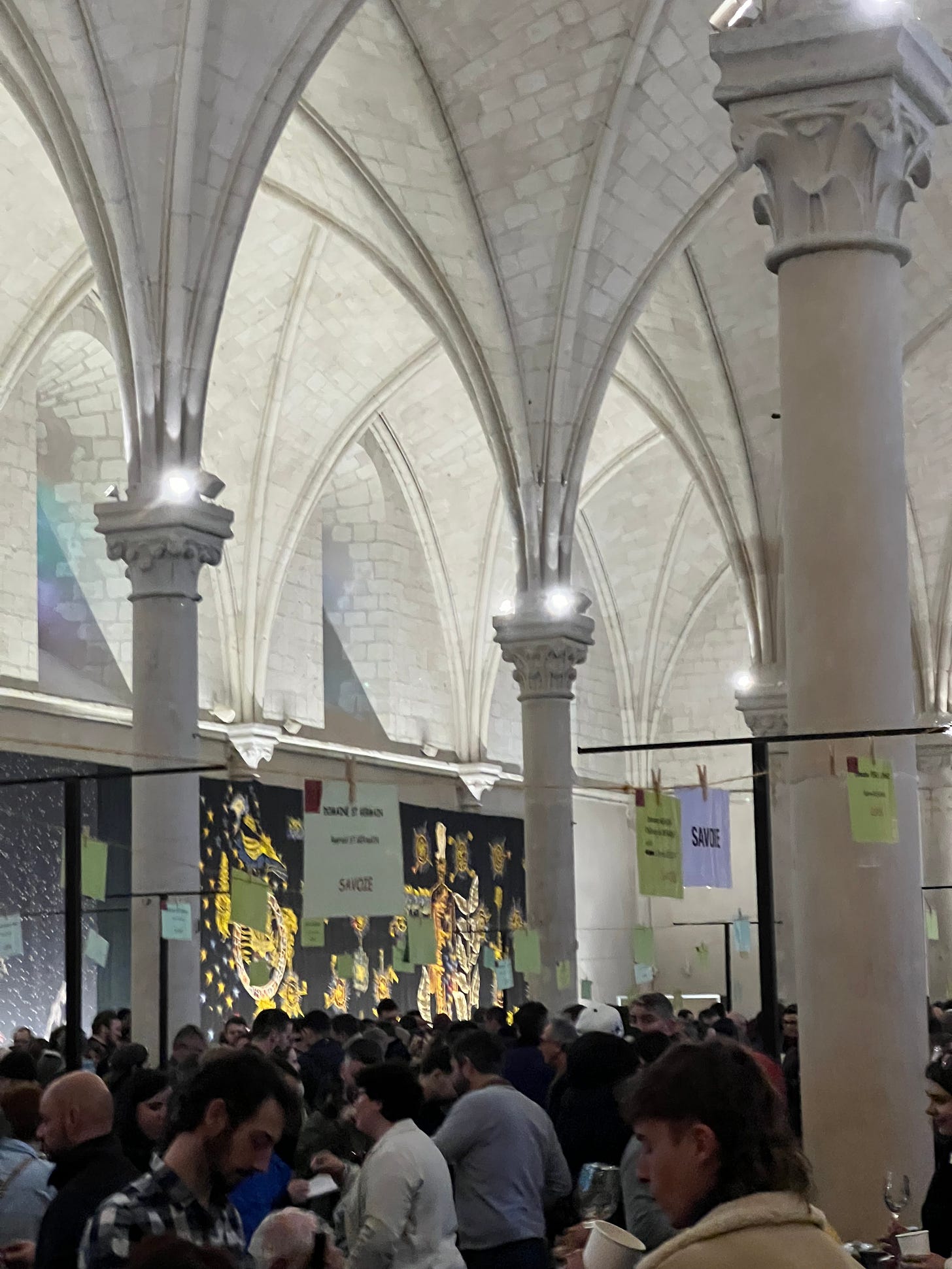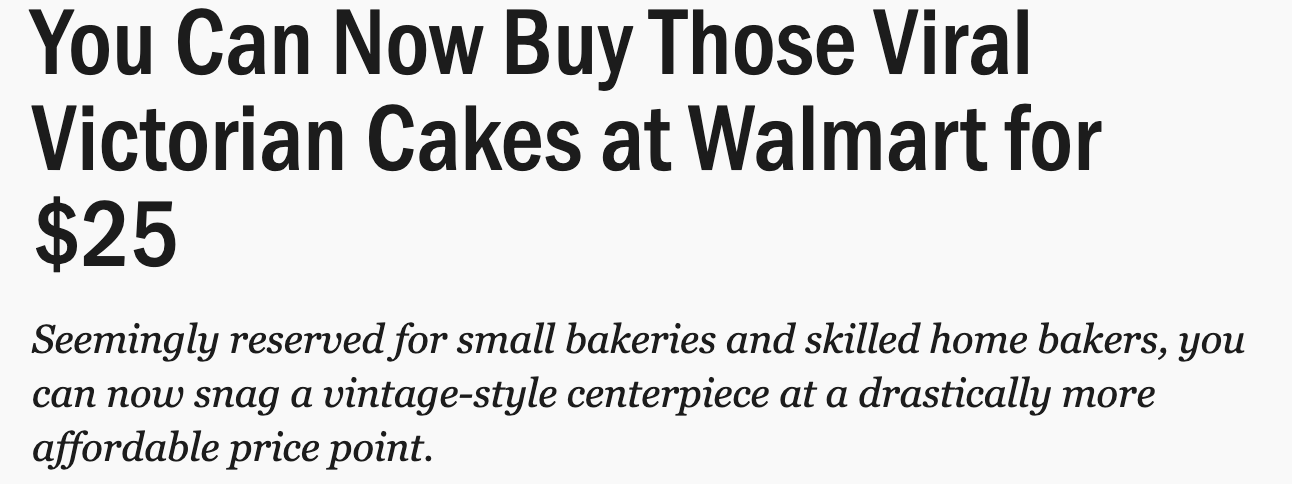I’ve been having a hard time recently finding the good in things. February dragged. That the shortest month could contain this many lifetimes made me restless. I went for a run on an unseasonably warm day, the kind that promises an early spring. Down Essex and around the southern tip of Manhattan, past the Statue of Liberty just as the sun set over our island. Warm winds blew in from the Hudson like the exhaust from cars, carrying in their breeze an uneasy feeling. In every shadow that grew like trees from tall buildings made of brick and glass was evidence of the way things loomed.
I returned to Paris in late January, which feels at this point feels like a while ago, and when I arrived back in New York, I was especially broke and riddled with illness. With four dollars in my checking account and a head cold, the kind that can only be cured by the arrival of summer, I put cough drops from Hudson News on my credit card. But if I’m being honest I think I’ve felt ill for a while now—or at least since moving back to New York in December—and I had been wondering if it was from the yogurt I have most days because I hear that dairy isn’t good here anymore. And still, every morning after my first cup of coffee, I put together a bowl with plain Skyr and local honey and blueberries which you can get fresh year round these days. I especially love the jumbo ones–the size that grapes were once–that are sweet and taste like the kind that used to grow in my backyard every August. The summer the blueberries stopped growing, I was thirteen, I had a crush on a boy named Luke and I started having panic attacks.
But maybe it’s not the yogurt and it’s actually the kale I bought from Trader Joes which was a few days past its prime when I got it because I hear there’s E. Coli in the lettuce. And still I didn’t feel like trekking the 15 blocks to Whole Foods where the kale is usually fresh and can last me at least a week. A week is just enough time for me to forget that I’d bought kale at all, lose it in the back of my fridge behind the cartons of eggs that I bought at Wegmans–one on a Tuesday and one on a Friday, because you can’t buy too many cartons of eggs at a time these days or they will ask you to put them back. Which is fine because these eggs cost me just over $6 for a dozen, which is the same as 50 cents an egg, and if I carried change with me maybe I’d have tried to buy them one at a time but I spent all my quarters at the laundromat.
I am particular about where I get certain things not because I am overly picky, nor out of pomp or pretense, but more because I am increasingly and painfully aware of the way that food in the US is uniquely poised to make us ill. According to a recent study, last year alone there were over 300 food recalls nationwide, leading to 1,400 illnesses, 487 hospitalizations, and 19 deaths, which is double the number of food-related illnesses and deaths recorded the year before. Organic carrots, lettuce, designer deli meats, “health” foods plagued by oxymoronic notions of “health” pulled from shelves. Not surprisingly, obesity rates in the US also peaked at the end of last year, with three in every four people measuring as overweight. So grocery shopping now requires one to sift through the rubble and rhetoric in order to find the last remaining morsel of Quality in the things we eat.
I came under the sway of Quality in the same way one comes under the sway of religion. I was sixteen, highly impressionable, just on the cusp of becoming when I read Zen and the Art of Motorcycle Maintenance for the first time in a high school English class. Throughout the book, its author, Robert Pirsig attempts to define the notion of Quality without ever getting to its proper definition. In fact he argues that “because definitions are a product of rigid reasoning, Quality can never be rigidly defined.” So rather he contextualizes Quality according to all that it is not and according to all of the other virtues of which it’s comprised. Quality stems from Process. From Observation. From Care. “We know Quality when we feel it.” It is something we “instinctively recognize and experience; a feeling of rightness that emerges when something is done well, and we just ‘know.’”
In France, I have always found it is easy to confront and be confronted with Quality—in its history, its art, but especially in its foods and its wine. The reason I had returned to Paris was not necessarily to spend my last dollars–although that was perhaps inevitable–but rather to attend a series of wine fairs that take place once a year outside of the city in a region called the Loire. If Quality had become over the years my faith, then my trip to the Loire was, in essence, a pilgrimage.
There are so many things that I love about wine salons but mostly I love having conversations with winemakers who talk about their wines in the way one delivers a eulogy, reflecting on the lifespan of a single bottle from its inception with precision and care. Very rarely can we trace the things we consume to their source. But with wine, it’s normal to go so far as to trace the origin of the soil in which grapes grow on a single parcel of land.
The first question I often get when I tell people I work in wine–other than, perhaps, asking me to clarify what I mean by that, which I cannot–is how I have been able to endure an industry that is notoriously elitist and exclusive. But the deeper I get into the world of wine, the further I travel toward in its direction, the easier it is to see how things become irreparably contrived the further they get from their roots.
“Lest we forget the perverse dual meaning of dupe. Before it stood for “duplicate” as it does in today’s shorthanded rhetoric, it meant to be the “victim of deception.”
The second question I often get when I tell people I work in wine pertains to its value. If a $10 bottle of wine tastes the same as a $100 bottle of wine, shouldn’t that mean that they are worth the same thing? What this speaks to, I argue, is not a collective ignorance about wine, but rather a collective ignorance about value itself and what it serves to measure. Lost in our modern assessment of value is all that lays beyond what is tangible and easily ascertained. We have lost our sense of Quality and the effect it’s having on us is beginning to surface like one giant bruise that we seem to continue to poke.
A few days after I got back to New York, I was scrolling on my phone at a local café, when I came across an article on The Food Network titled “You Can Now Buy Those Viral Victorian Cakes at Walmart for $25.” The article boasts that, "those aesthetically pleasing vintage heart-shaped cakes with various piping techniques, cherry accents and vibrant colors,” which, “up until recently, were made solely by small businesses and home bakers” can now be purchased at Walmart for a fraction of their intended cost. Upon reading it, I don't think I’ve ever felt truly so lost in my entire life. I think I’m having a hard time understanding how we got here, lauding this as progress when it feels to me like a sign of profound collapse.
On the surface, $25 cake may look the same as one made by a small-scale baker, but they are impossible to compare. One is made from simple ingredients, in a process that can be mapped, that’s imbued with Care and patience, whereas the other springs from broken institutions that have changed our understanding of what things are worth. According to Pirsig, “Care and Quality are internal and external aspects of the same thing. A person who cares about what he sees and does is a person who’s bound to have some characteristic of Quality.” And it’s true that in food and wine, Care and all that it requires, like time and intention, is what has historically given something its value. In the case of wine, for example, a bottle made from grapes grown slowly on certain soil, hand picked and pressed, produced with Care, will always rank with higher Quality than its lower cost alternative. But the same is almost always true for food as well. Just because its Quality it difficult to measure, doesn’t mean we should discount its worth entirely.
As food prices soar, it makes sense that we are looking for corners to cut in order to spend less. However, cost, it seems, can neither be created nor destroyed. It can only be reconfigured, redistributed, shrugged from one set of shoulders onto another. Large, commercial companies have for years been offloading their costs—a sum of consequences accrued by relying on cheap goods, cheap labor and quick fixes—onto their consumers. But lest we forget the perverse dual meaning of “dupe.” Before it stood for “duplicate” as it does in today’s shorthanded rhetoric, it meant to be the “victim of deception.”
Our tendency to conflate two things that look the same with possessing equal Quality is at the root of our collective illness. In our constant desire for More we have chosen to ignore our need for things that are Good. “What we’re looking for, what we want, is all around us, but we don't want that because it ‘is’ all around us…because we imagine our goals to be external and distant.” We no longer want what nature, our neighbors, our own lives can give us. These are things associated with the mundane. But there is beauty, I am learning, in the mundane. That it is an immense privilege to come back to earth, to its soil. To get lost in the weeds is sense of loss I think I can tolerate. It’s the loss of Quality, I cannot.
To make your own victorian style cake, my recipe for classic olive oil cake below <3








First the Wirkin now the Wake
more and more i have been thinking recently that our food system was simply never meant to get this big and how we’ve come to take convenience for granted to the point that we forget where everything comes from. if pomegranates were in season all year who would bother with the care it takes to separate the arils from the pith?